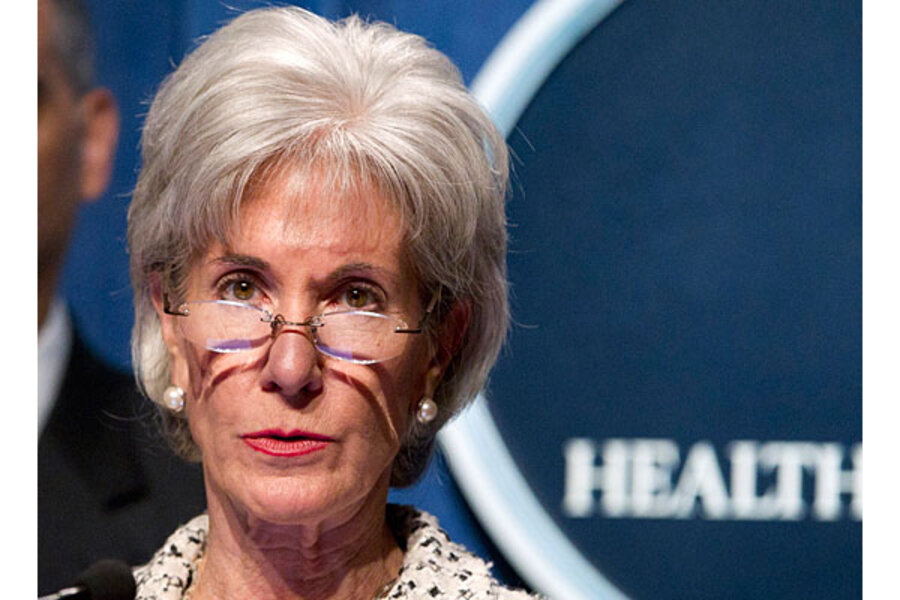Obama's health-care law saved Americans $2.1 billion: Is it working?
Loading...
President Obama's health-care reform law saved American consumers $2.1 billion on health insurance premiums in the past year, Secretary of Health and Human Services Kathleen Sebelius said Tuesday. It is proof, she said, that the program is helping to make "the insurance marketplace more transparent and more competitive."
In the overall picture, the savings are modest, but they offer a degree of assurance that the Affordable Care Act (ACA) – ridiculed by many conservatives as big-government financial disaster – can deliver on some promises of bringing down high health-care costs, experts say.
Moreover, they offer a window on how states have begun to implement various cost-saving measures within the law with some success.
The reforms have "bolstered states’ exercise of their authority," says Brent Fulton, assistant adjunct professor of health economics and policy at University of California, Berkeley.
The Rate Review Program strengthened the capacity of states to review – and reject – proposed insurance-rate increases of more than 10 percent. This saved Americans $1 billion on proposed rate increases that were either reduced or withdrawn during the review process, according to the Health and Human Services report.
The Medical Loss Ratio stipulates that insurance companies that provide individual and small-group plans must spend at least 80 percent of premium dollars on health-care benefits and only 20 percent on administrative costs and profits. Companies that spend less than 80 percent on health-care benefits must provide rebates to their customers. The additional $1.1 billion in savings came through this so-called 80/20 rule.
The "report shows that these rules are beginning to work,” Secretary Sebelius said in a statement
An April report by the Kaiser Family Foundation, which forecast the savings announced Tuesday, agreed: “While these provisions of the ACA are not likely to solve the problem of rising health insurance premiums or do much to restrain underlying health care costs over the longer term, they can help to ensure that consumers and businesses get greater value for their premium dollar.”
Health-care providers are the main drivers of health-care costs, with the bulk of premiums going to new technologies, treatments, and drugs, says Dr. Fulton. Costs go up when high-cost providers exercise their market power, but the new law could give insurance companies more leverage in negotiating rate increases, he adds.
Although the main goal of the ACA was to expand insurance coverage to the uninsured, affordability remains a major issue. And in the end, the affordability aspects of the law will be judged by a simple measure, Fulton says: “Can the average family afford the average health insurance premiums?”






